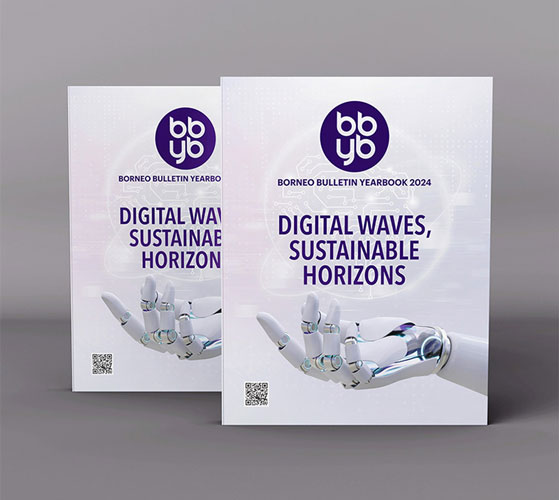Diane Daniel THE WASHINGTON POST – An 18th-Century baroque basilica awash in pink and surrounded by vineyards. Reconstructed prehistoric stilt-house dwellings above the water. A medieval castle perched atop a hill. A museum devoted to zeppelins, plus an actual zeppelin high in the sky. Those were the sights during our first 12 hours at Lake






